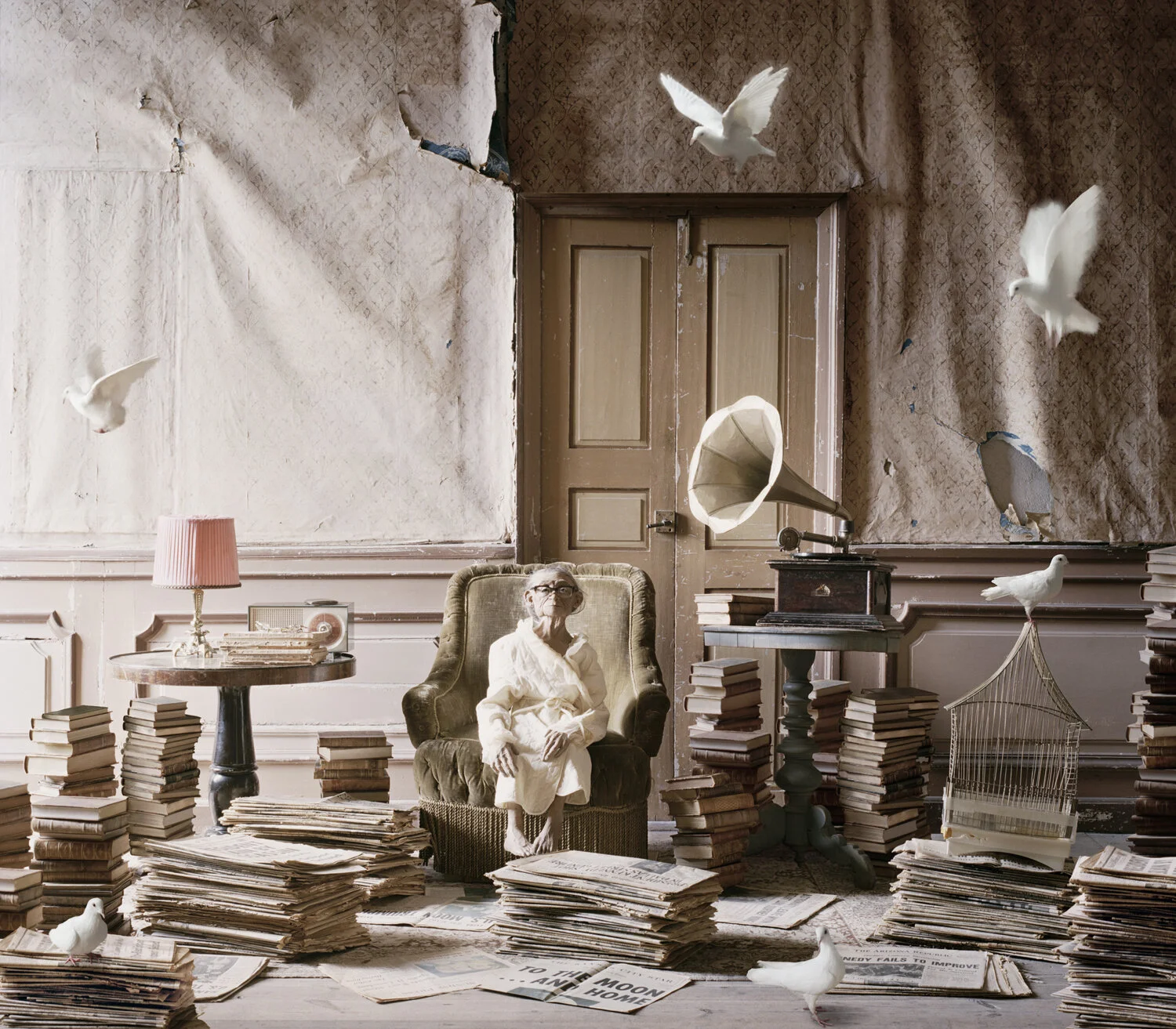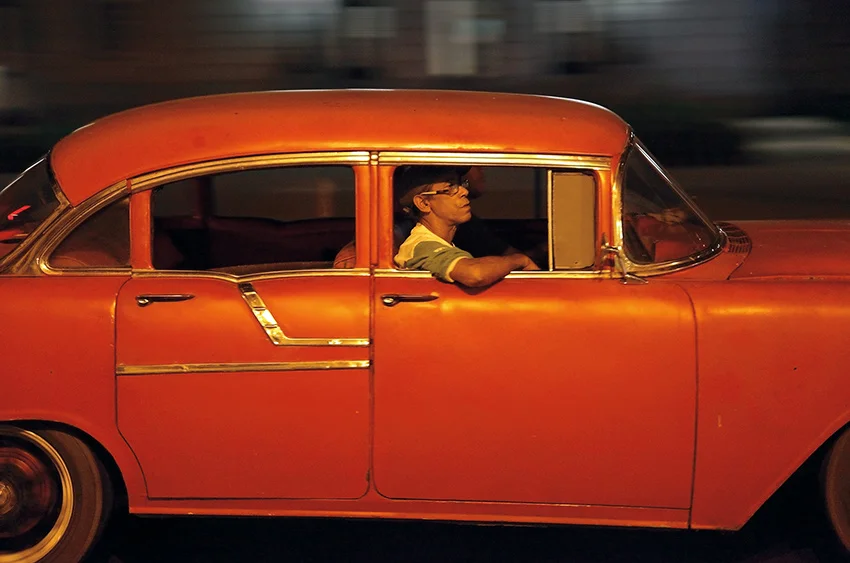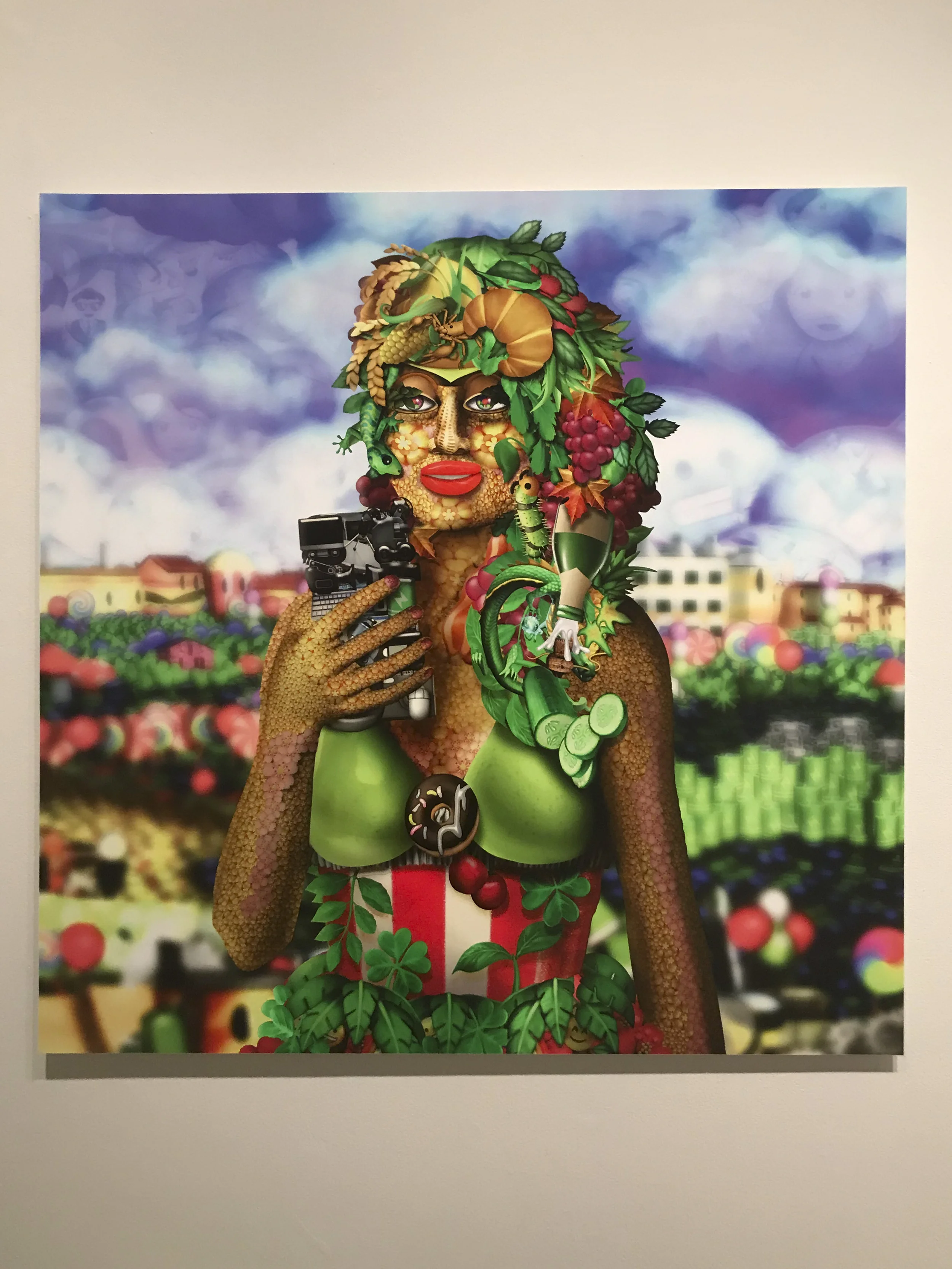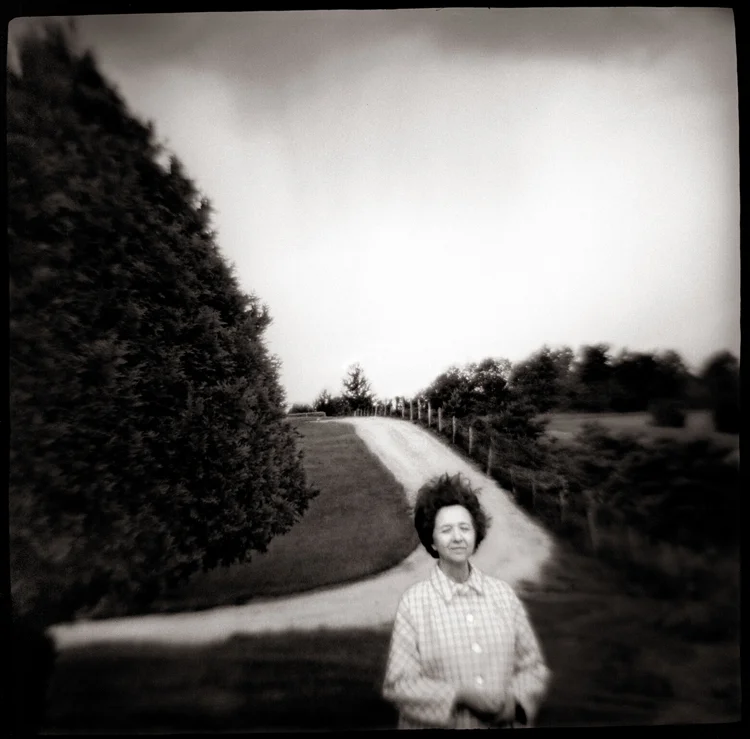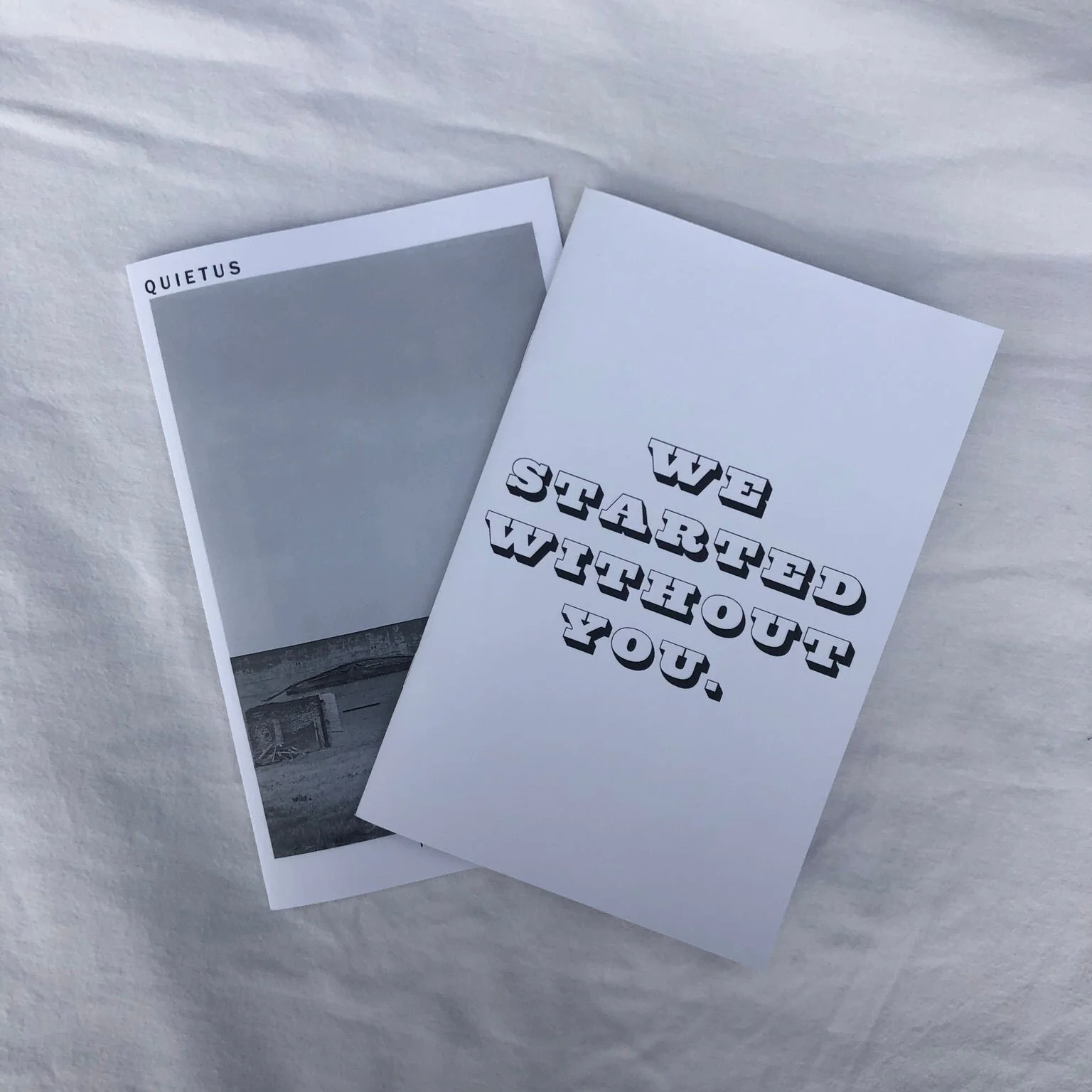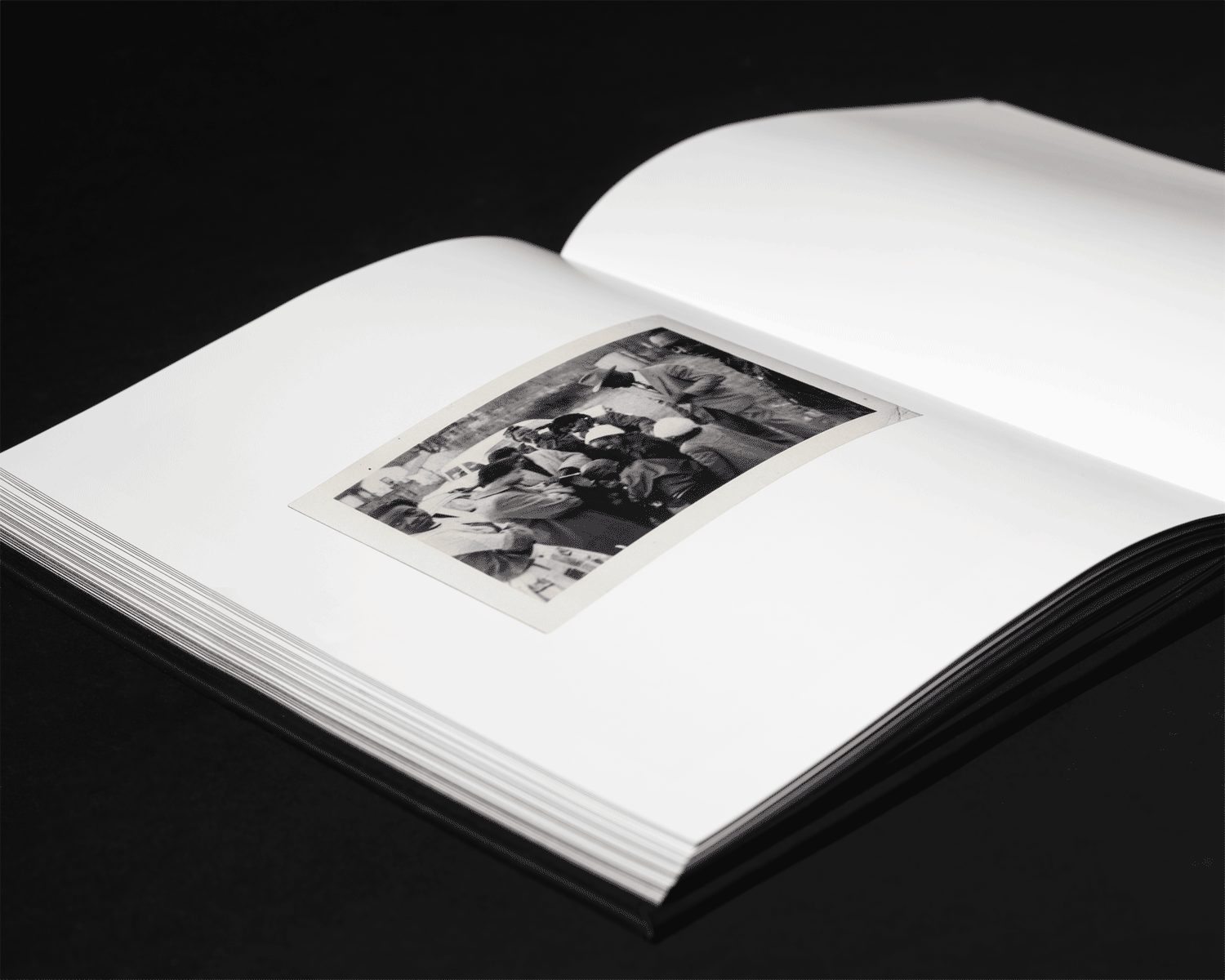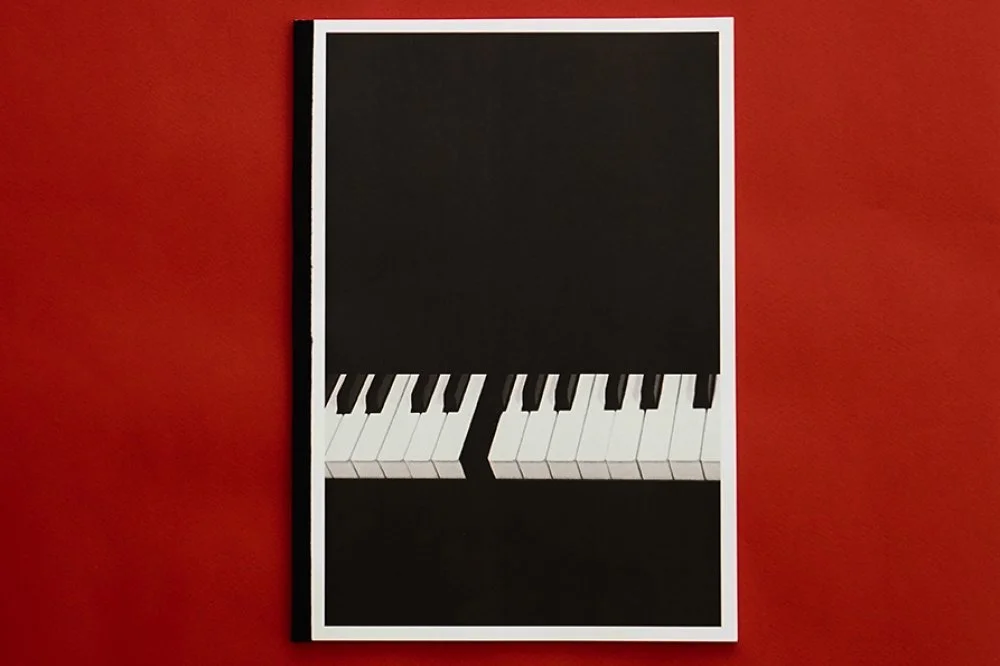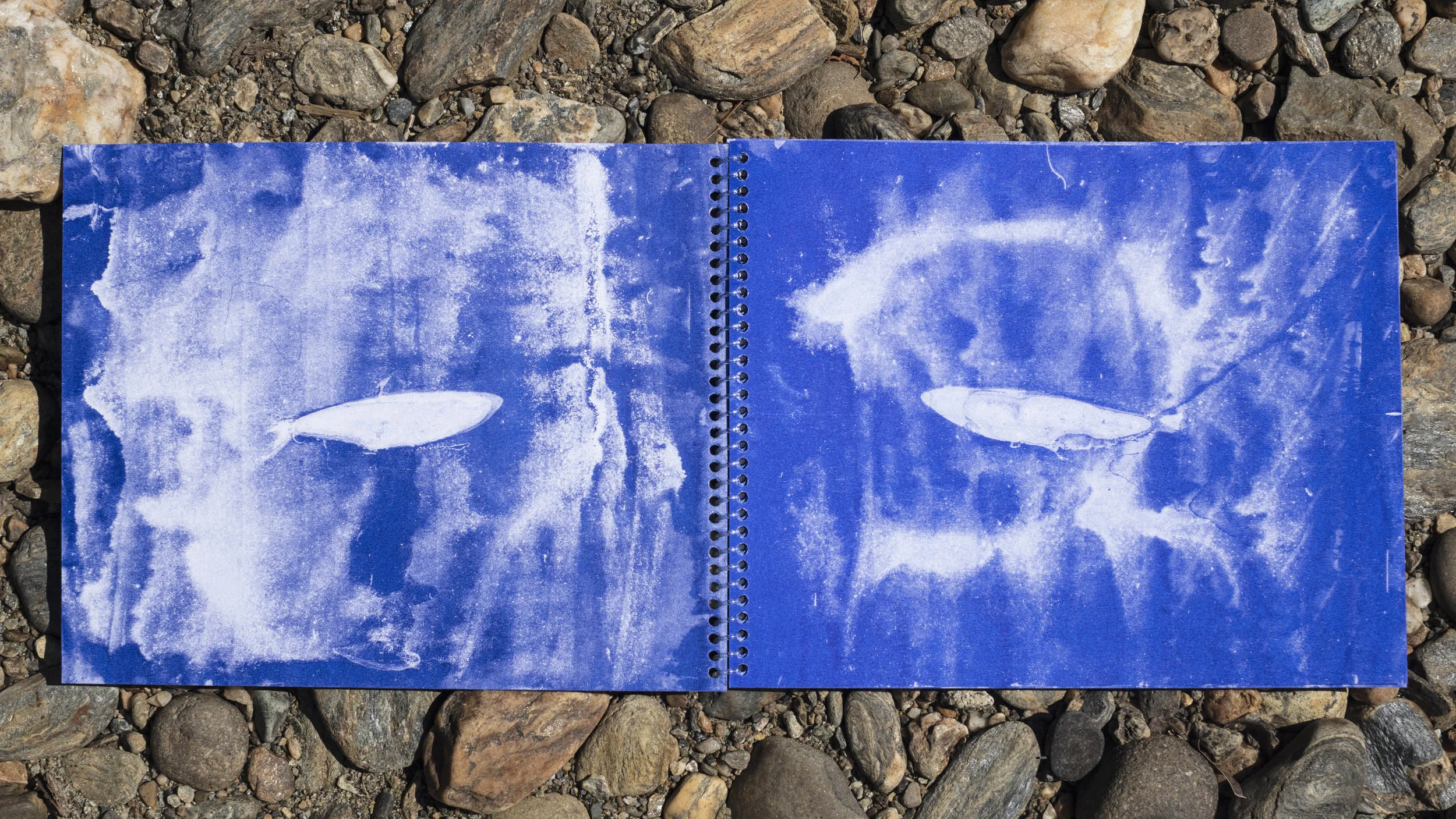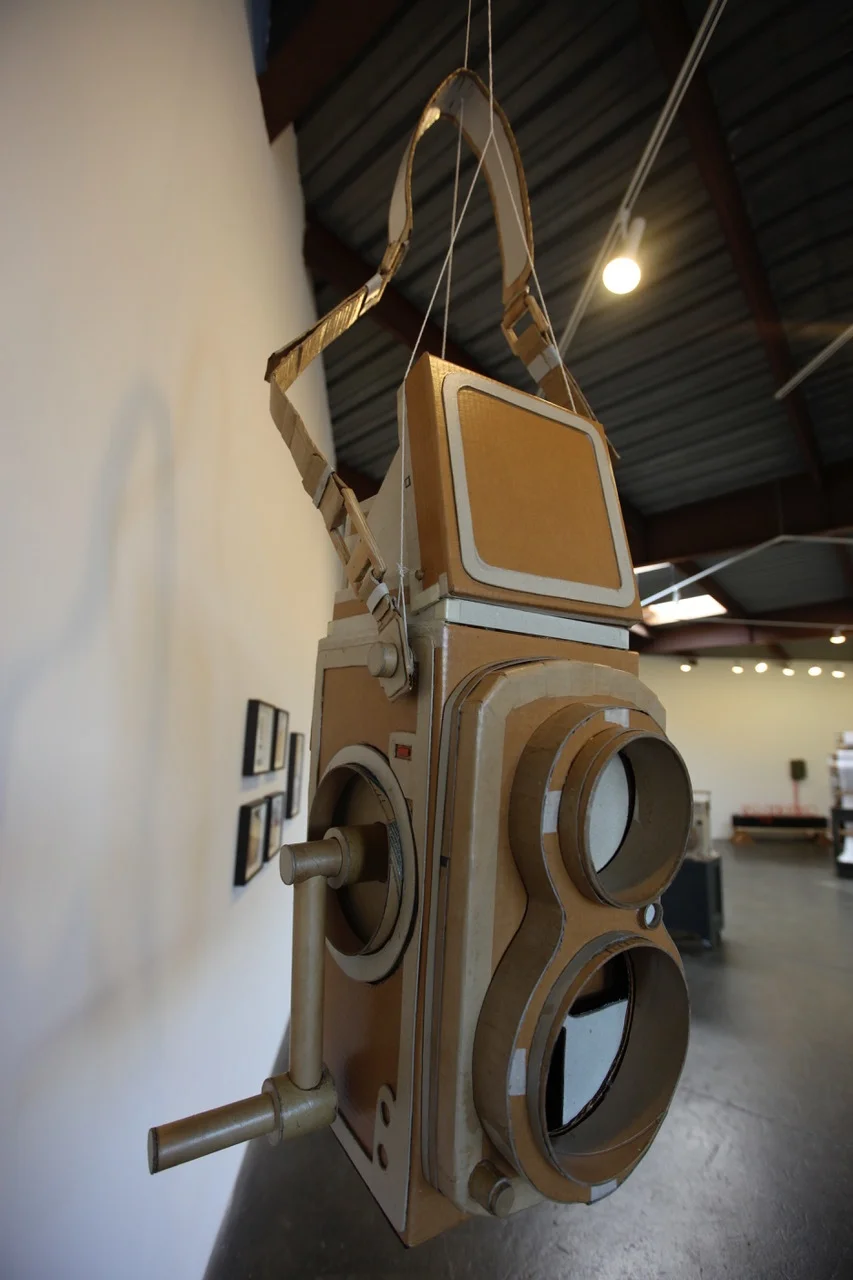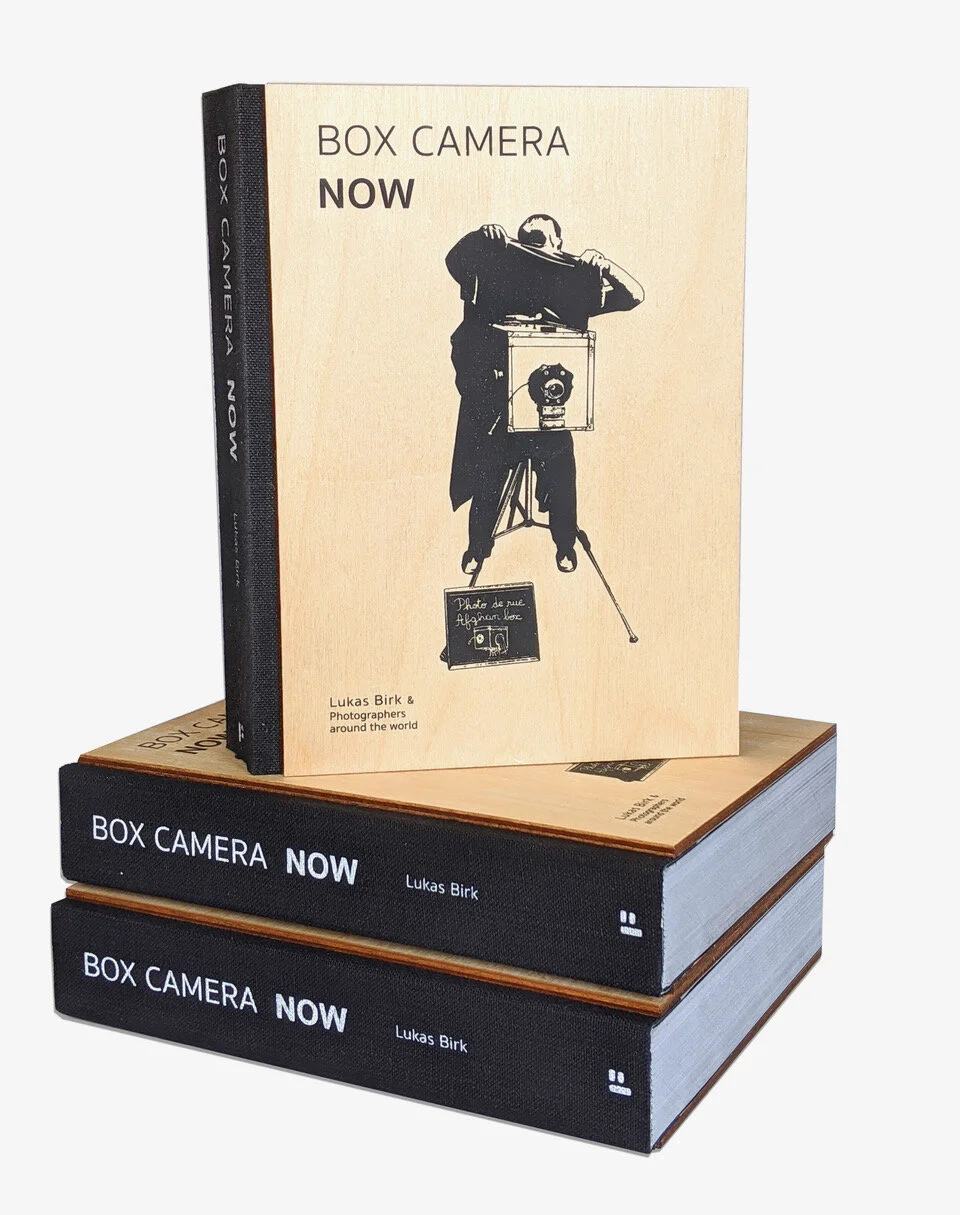“I never want to see another picture of ________.” Industry veterans share their pet peeves on themes in contemporary photography. In this series they present their “rule” along with five photographs that break the rule in an effort to show that great work is the exception to the rule.
Rule Setter: Jennifer DeCarlo, Owner JDC Fine Art
Rule Breaker: Paul Turounet
I never wanted to see another road trip project until I saw Tierra Brava by Paul Turounet. The road trip is an alluring subject; heroism, optimism, youth, grit, and adventure are all nearly inherent. Many of us have likely even indulged in making these pictures ourselves while driving cross-country or on vacation, but it has been done, especially from the back of a motorcycle. That is what I thought until I saw the work of Paul Turounet.
I discovered Turounet’s Tierra Brava while living in San Diego, a border town whose sister-city is Tijuana, Mexico. As a Midwesterner, I never thought about the border much- it was there, somewhere, and it seemed like a black and white issue to me- a straightforward line in the sand. Living in a new city, though, the issue started to feel less cut and dry. Every day people line up to work on one side and live on the other, Americans among them. For the first time I started to think about the border.
I that for many Americans there is right and wrong, north and south, the United States of America and The United States of Mexico; one side and another. Turounet’s work reveals this space not to be so black and white; his are palpable images. They are emotional studies on the psychology of place that speak as much about ourselves as the subjects we are confronted by or our reaction to them. They are gritty yet luminous, seedy but strangely seductive. They are the kind of pictures you think you should know when you see them, as if they somehow already belonged to your consciousness. That is how Tierra Brava first won me over.
Before studying art, Turounet studied creative writing and poetry. The photobook is something he likes to use in his practice, and this is where things start to get even more interesting. Tierra Brava exists as both straight prints as well as a photobook. The book is based off a passport, comes with a foldout map marking image-locations, and is loaded with ephemera. It pushes our engagement with the images to the extreme. Object-in-hand we are positioned as the photographer, for we hold his passport. We ride the roadways, walk the streets, see the boys play-fighting with guns, smell the blood of the slaughtered bull, hear the prayer at a baby’s christening and cheers at the wrestling match. The ephemera pushes this further and sews the seeds of disillusion with whatever our ideas were of Mexico, the United States, or even life in general. We find wanted posters and missing persons fliers, a half completed marriage license, and even a breakup letter from Turounet’s own wife at the time. When we read it we are flooded by a rush of emotions- we are shaken, we are lost, we aren’t sure who we are anymore, and that is what the work is after- this sense of between that is lonely and unknown, scary and thrilling. Like a Band-Aid ripped from a wound it is painful but awakening.
What sticks in this work is neither the border itself nor the politics that surround it. No, what sticks is the power of the illusion of place. The desire for something better, and the belief that the grass will be greener. It sounds strange to think that crossing a manmade line to live forever in the shadows would be a hopeful endeavor, if even it could be survived.
I’m now living back in Chicago, and the border is again a distant thing, but it will never be black and white for me again, only shades of grey.
—Jennifer DeCarlo






































